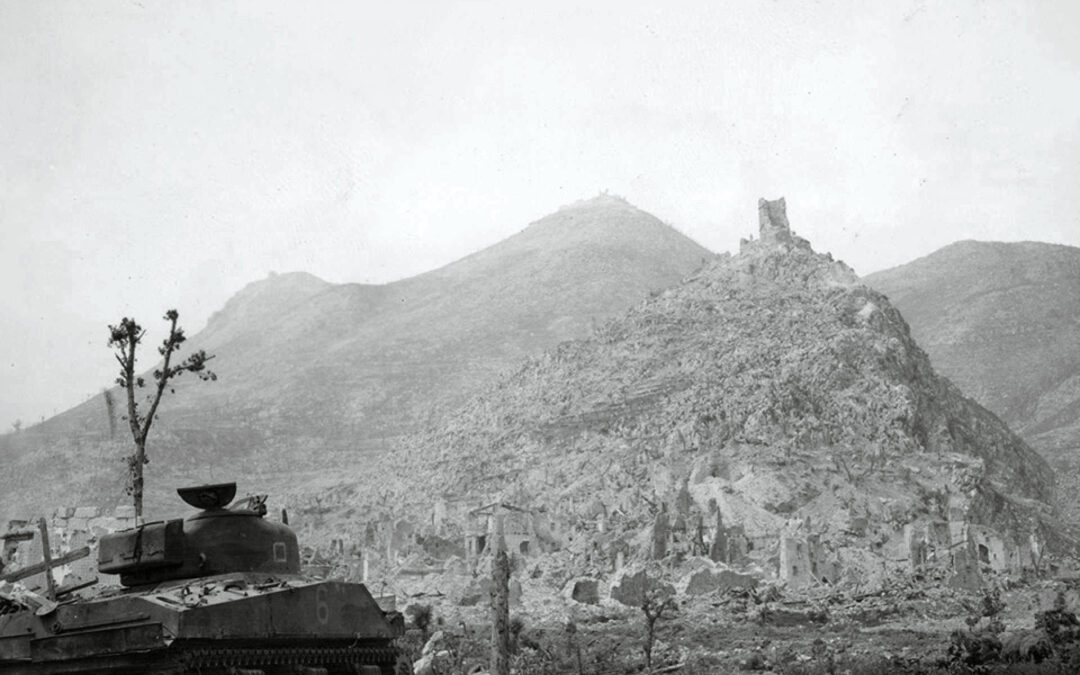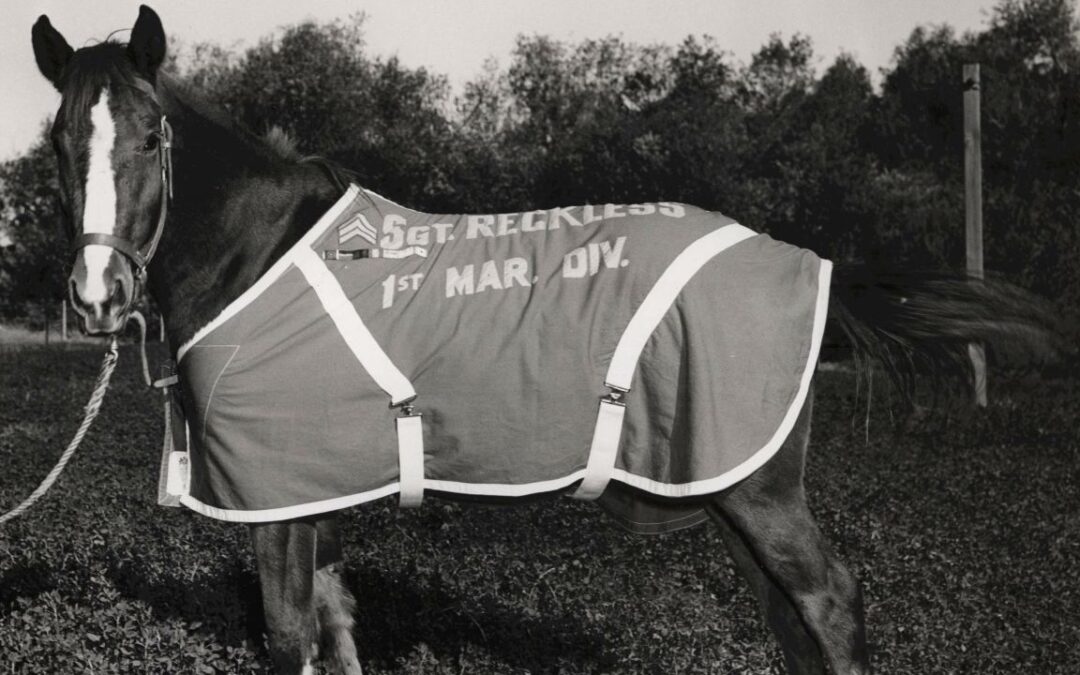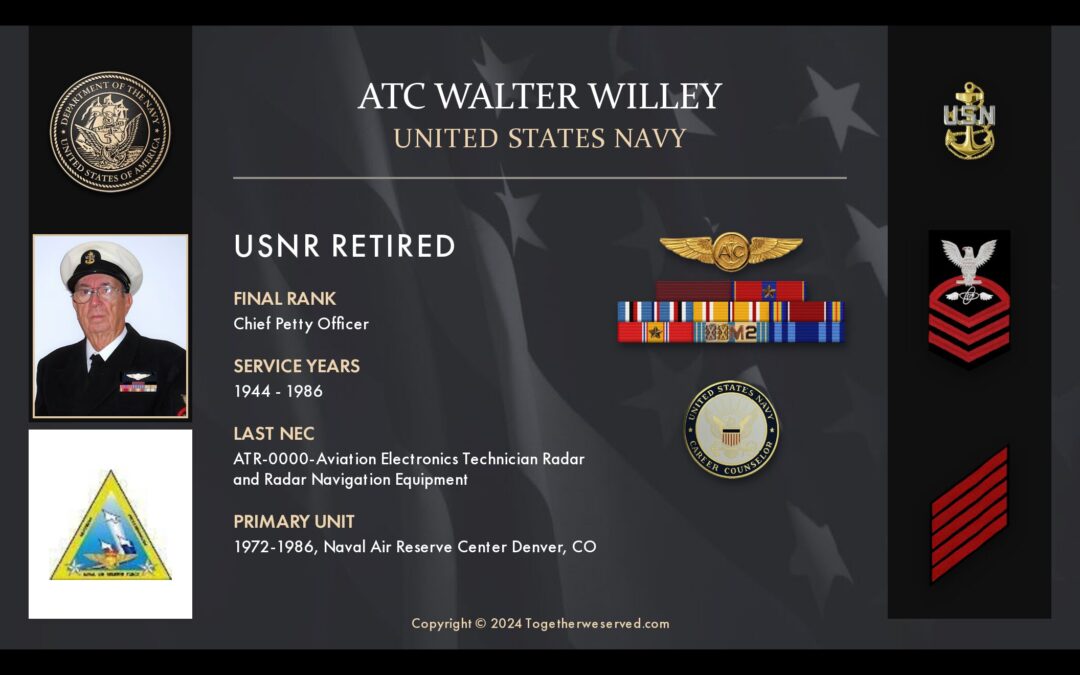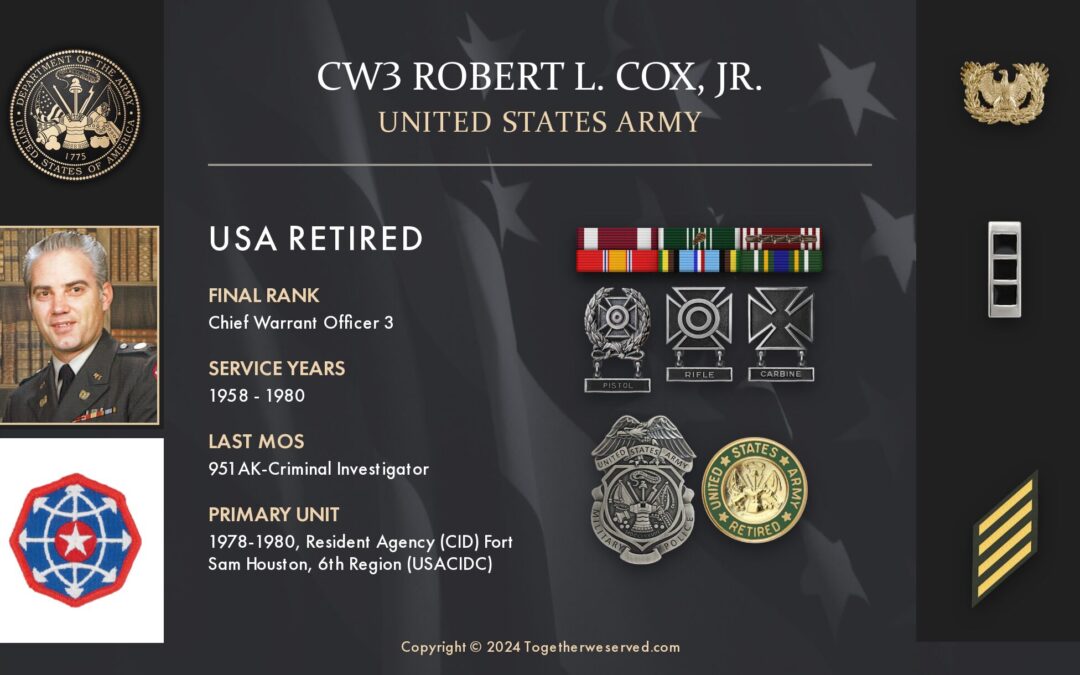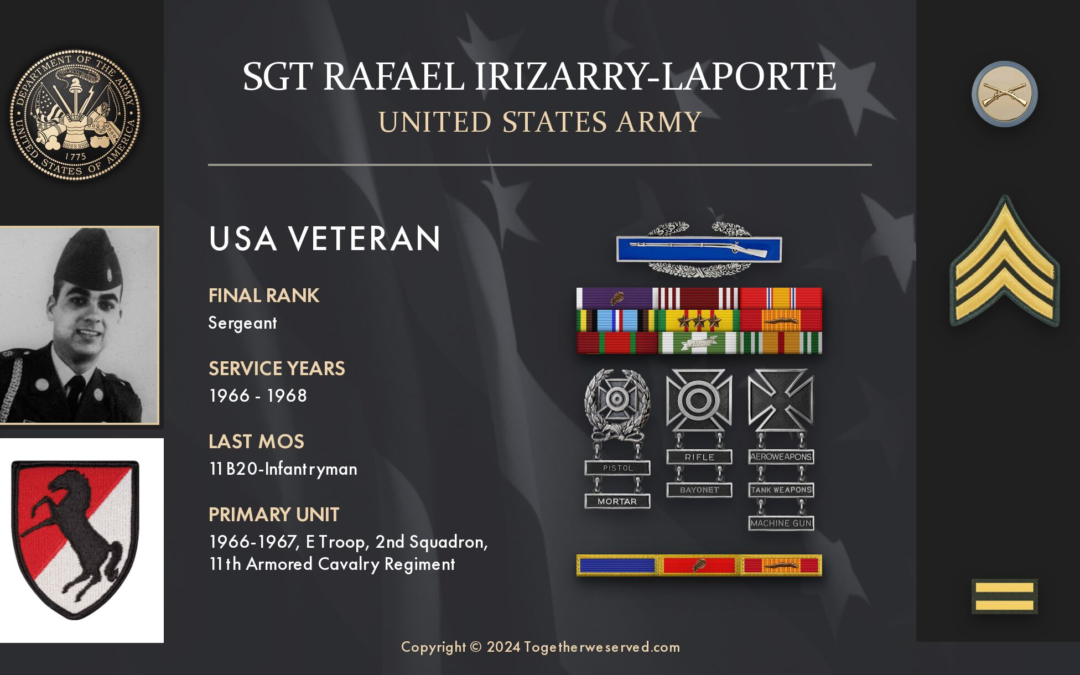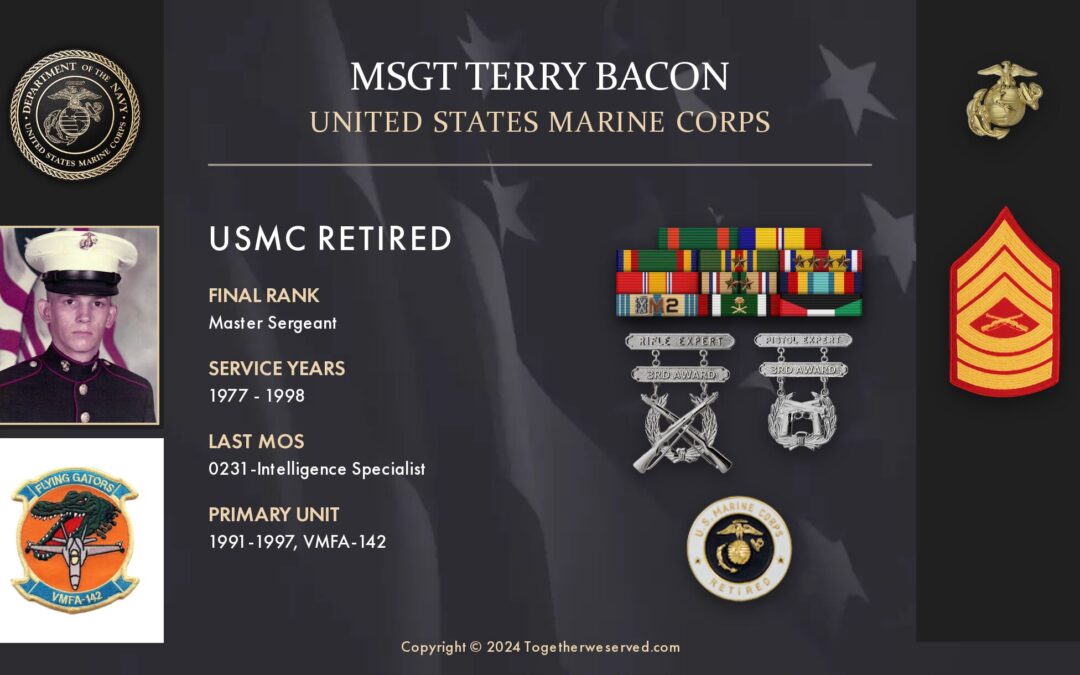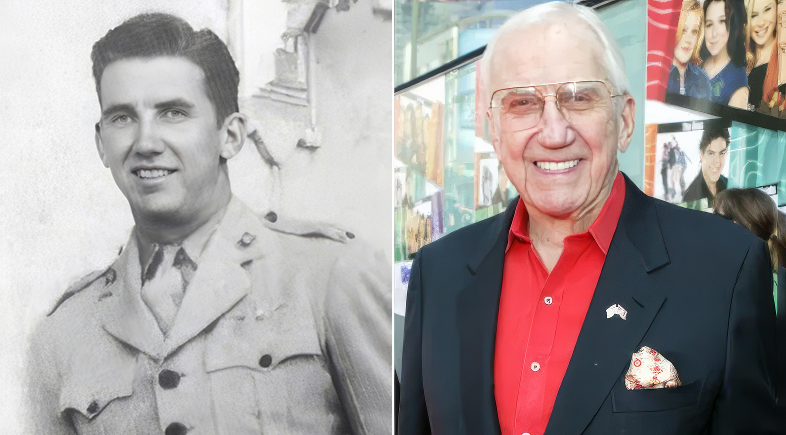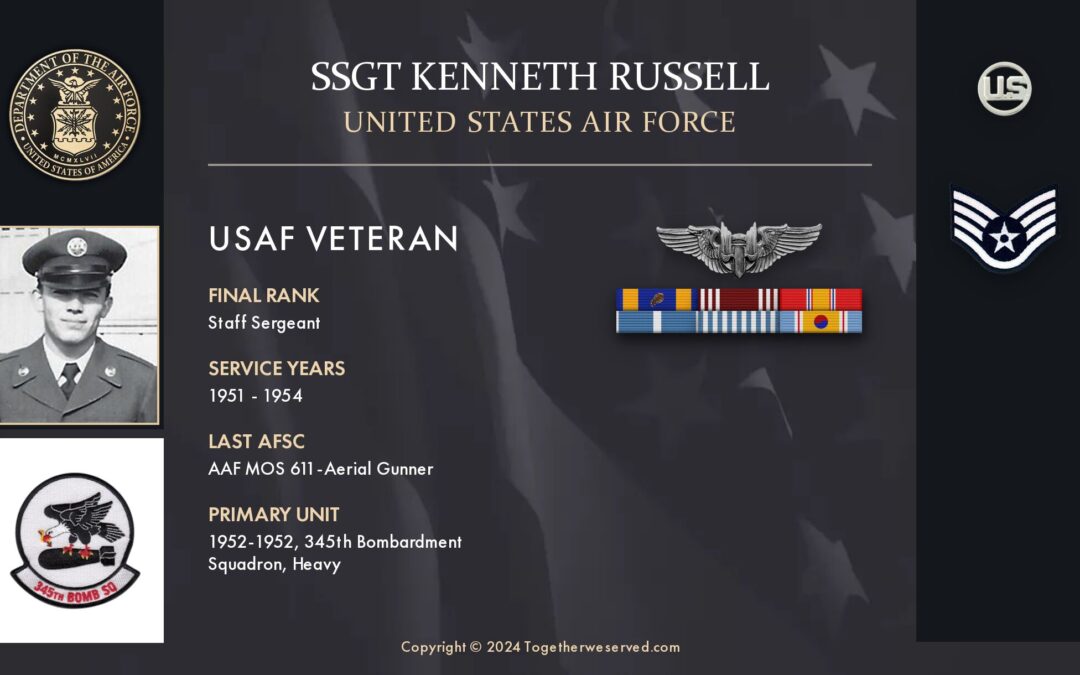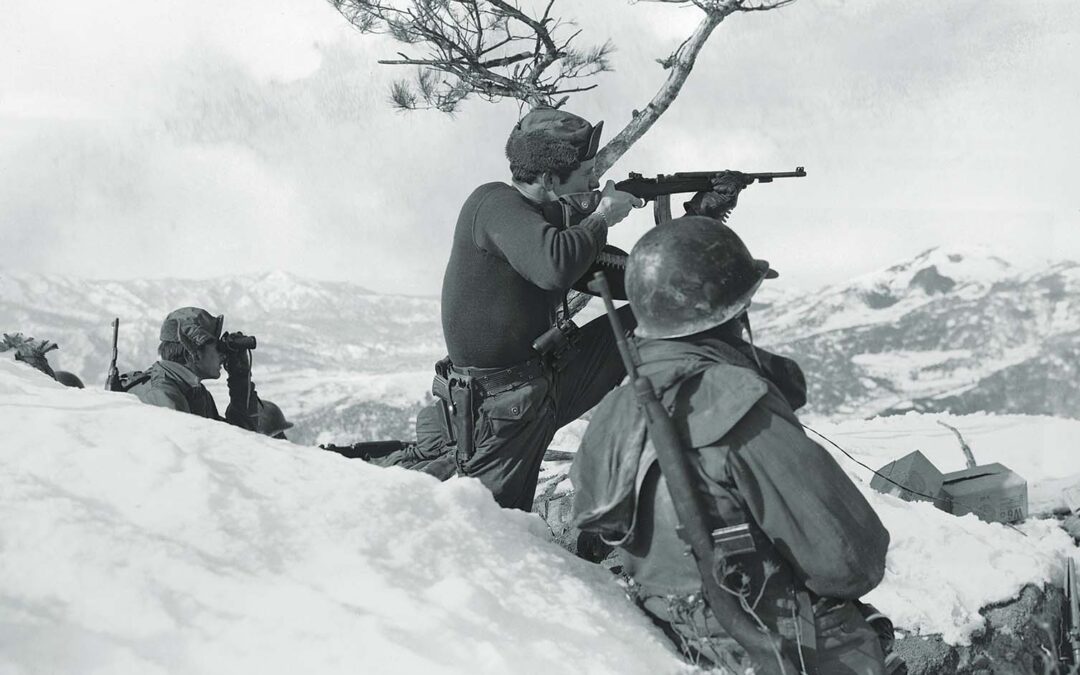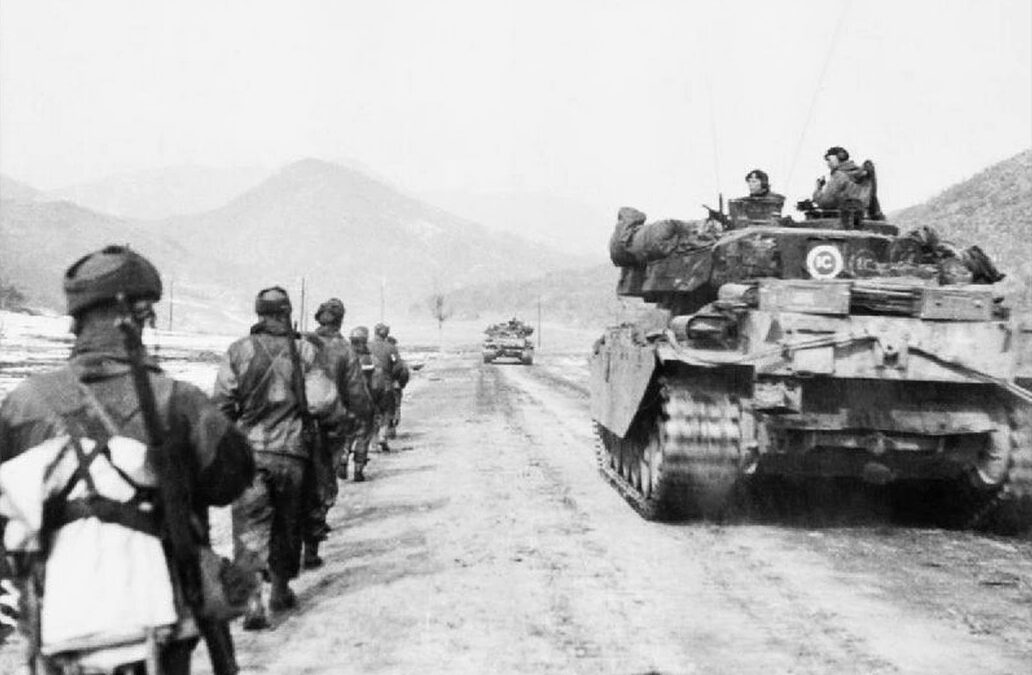Allied forces landed in the Italian peninsula in September 1943. The Apennine Mountains divided the peninsula, and Allied troops split and advanced on both sides. They took control of Naples and continued the push towards Rome. Monte Cassino was the gateway to Rome. It towered above the city and provided unobstructed views. German troops occupied lookouts on the hillside but agreed to stay out of the abbey because of its historical importance. The precious manuscripts and antiquities housed in...
